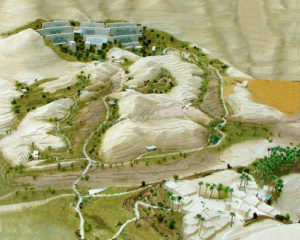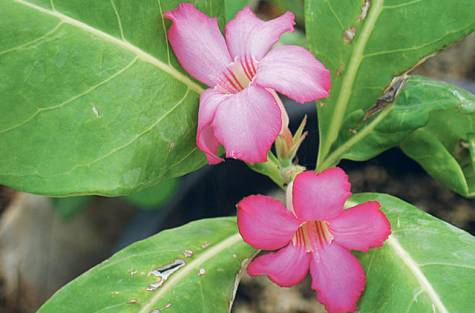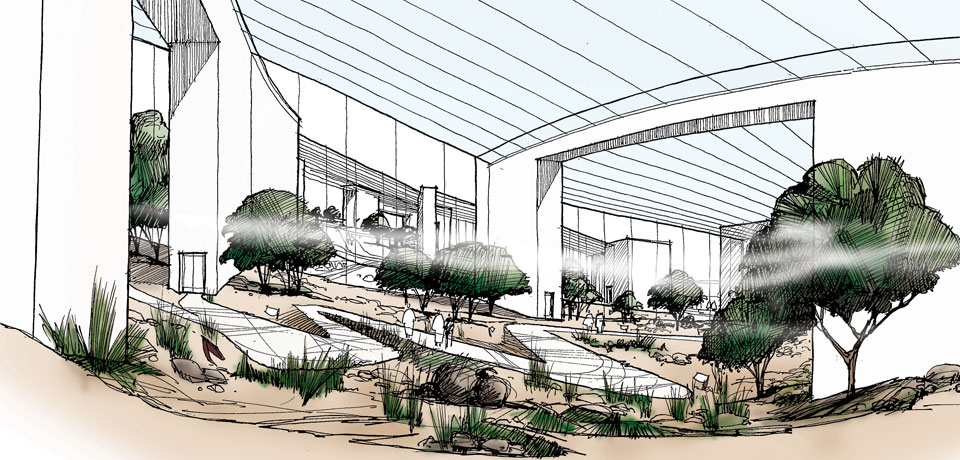The BCGI (Botanic Gardens International Conservation), Med-O-Med member since the program was launched, and active collaborator for the future, has published in its digital journal, an interesting article about the Oman Botanic Garden, which aims to house all 1,200 native, as well as the traditionally cultivated Omani plant species within its collections.
The garden has wide extent, and is located not far from Muscat, the capital of Oman. It is focused in botanical research, education and interpretation, cultivation and display of the unique flora of Oman.
Vegetation in Oman has historically attracted not only botanists, but also healers, craft people and explores, due to over 1200 species of plants, with 80 species found nowhere else.
 It is planned that the future plants of the botanic garden will be grown in similar conditions that the existing ones in their original habitats. This will be possible due to the important data related to optimum plant requirements to grow them, such as climate conditions, water needs, soil types or sun and shadow quantities, which will be undertaken during the field work.
It is planned that the future plants of the botanic garden will be grown in similar conditions that the existing ones in their original habitats. This will be possible due to the important data related to optimum plant requirements to grow them, such as climate conditions, water needs, soil types or sun and shadow quantities, which will be undertaken during the field work.
Vegetation in Oman has historically attracted not only botanists, but also healers, craft people and explores, due to over 1200 species of plants, with 80 species found nowhere else.
Seed propagation
A computer program called BGBASE will be used in order to ensure an accurate record of the field data. The data concernig seeds propagation, can be inserted in this programs and also used for a successful replication of the plants.
 A nursery has been built to help and enforce the growth of the plants and to investigate about their needs, which aims to minimize impacts using local soils, compost and integrated pest management.
A nursery has been built to help and enforce the growth of the plants and to investigate about their needs, which aims to minimize impacts using local soils, compost and integrated pest management.
Around the 20% of Oman´s plants are threatened, owing issues such as over-grazing, development or habitat destruction.
Therefore, some tree species have been rescued and translocated from degradated areas to the garden. Some of them are Baobabs, Juniperus excelsa, Olea Europaea and Adenium Obesum.
Around the 20% of Oman´s plants are threatened, owing issues such as over-grazing, development or habitat destruction.
The Botanic Garden of Oman is implementing the basic principles of the sustainable development to minimize the environmental impact and the resources depletion.
Source: BG Journal
This post is available in: English Español

